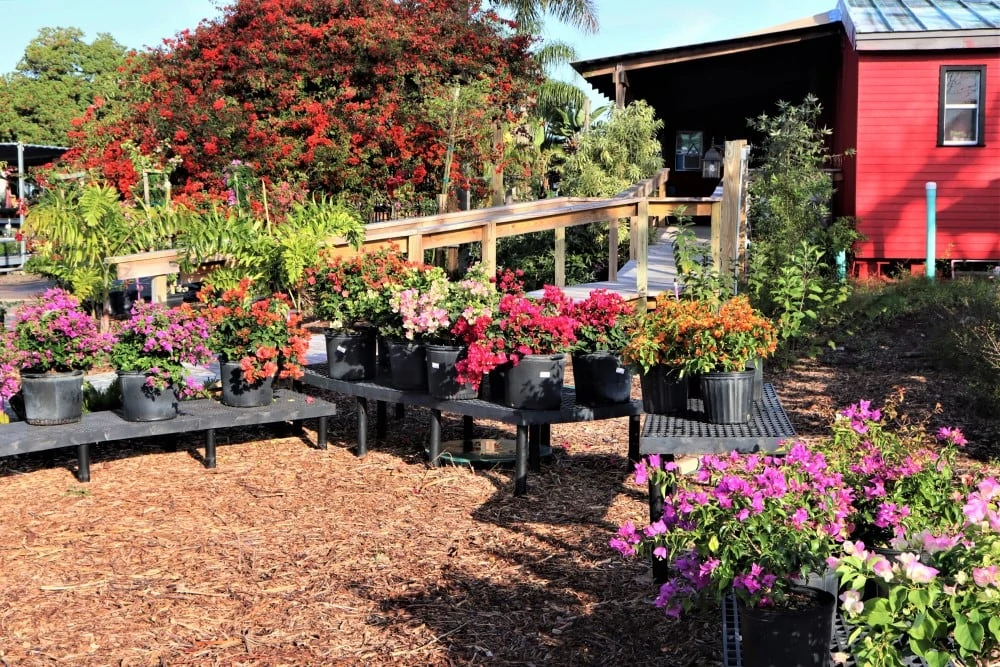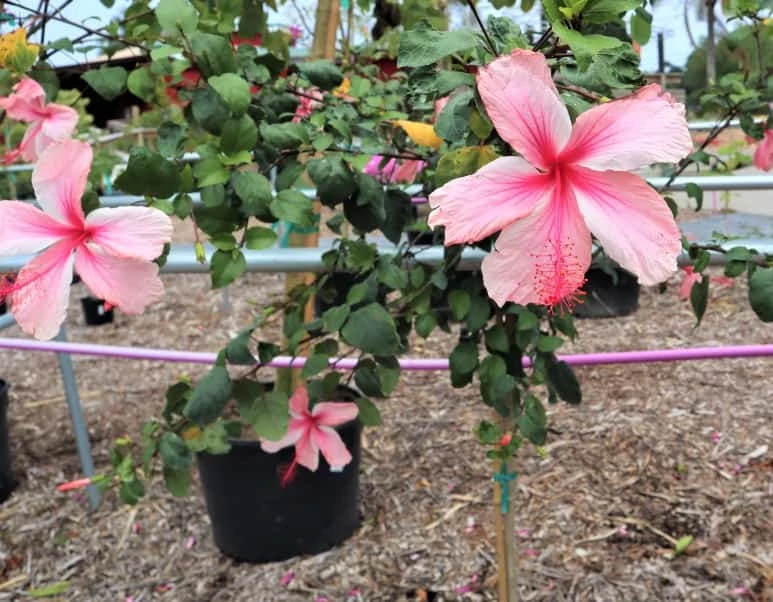by Amanda Rose Newton
Trees vs. Shrubs – What’s the Difference?
Trees and shrubs are commonly grouped together as the larger plants in the landscape. Generally, the assumption is that trees are the larger of the two, but this can be deceptive. Any tree or shrub will be limited to a size that reflects the environmental conditions it is in, which is why planting in the right place is so important.
As a general role, trees do tend to be on the taller side, reaching heights upwards of 30 feet. The real distinguishing factor that makes a tree a tree is the quintessential single trunk and canopy.
Shrubs usually do not have a dominant stem, making them ideal for hedges and for areas where fullness is desired. However, shrubs can be trained to mimic trees by choosing a dominant stem. The results can be rather spectacular, and a great way to have to create the look of a small tree in a yard that could not otherwise support one.
Shrubs as Trees
You may be surprised to learn that many plants that we often associate with trees are really shrubs in disguise! Classic examples include the flowering beauties like lilacs and crape myrtles. The latter will often display more than one trunk, just neatly cropped towards the center to give the illusion of a single trunk.
Truth is, most shrubs can be made to resemble trees if pruned correctly. Here is a shortlist of shrubs that take make for breathtaking small trees:
Jatropha: Our best-selling small tree, the bright red flowers will keep right on blooming through winter.
Yellow Elder: Nothing brightens the landscape better than bright yellow flowers!
Tibouchina: The orchid-like purple flowers perform well even in partial shade.
Hibiscus: The weeping form is especially stunning
Duranta (Sapphire Showers): With cascading purple flowers and yellow fruit, the “golden dew drop” certainly earns its namesake
Bougainvillea: Trunks can be braided creating an artistic, elegant look.
Sweet Almond: In addition to beautiful flowers, the intoxicating sweet scent adds a great sensory appeal to the landscape.
Sea Grape: Often seen as sprawling shrubs, mature sea grapes can be just as tall as true trees and offer year-round foliage.
Angel’s Trumpet: This unique focal point is sure to grab the neighbor’s attention!
Bottlebrush: Like hibiscus, this has a weeping form in addition to the usual standard, offering a wispy, soft look to your yard.
Powder Puff: With its pink puffball flowers, this is another little tree for those who want to be noticed.
Crotons: You may have to see this one to believe it, but surprisingly crotons make for an interesting, unique little tree!
Texas Sage: The contrast between the silver foliage and lavender flowers makes this an easy choice for most Brevard County yards.

How to Train Shrubs as Trees
One of the common questions we receive here is whether you can start with a shrub and turn it into a tree. The short answer is, yes, you can! However, it takes a considerable amount of pruning and time invested into ensuring the shrub develops the growth habits you desire. It also means increasing one’s comfort level with pruning. Here are the basic steps if you are curious and want to experiment on your own:
- Choose a stem that is VERTICAL- While it sounds obvious, make sure you pick the most vertical stem you can in deciding which will be the main support for the plant. It’s going to be easier to do this on younger plants, so bear that in mind as well. The goal is to catch it before it develops a lot of stems.
- Chop!- Once you pick your lead stem, you need to remove all the other lower stems. This is difficult for many, as that often means 1/3 of the plant! As a rule, try not to take more than 1/3 off of a tree or shrub at any time. After it is done, do not do any additional pruning for a year to give the plant time to put on upper foliage to produce sugar to feed the rest of the tree.
Trimming Up Older Shrubs

While it is much more difficult, you can achieve the look you want with older, bushy shrubs. Use the same rules as above, making sure to only always take 1/3 and leaving 2/3 on the plant. It’s likely you will have to get down and dirty to ensure the lowest limbs are removed. Although it can be a lot of work, you are left with a look that may suit the dimensions of your yard better.
If tree training does not sound like a hobby you are ready to pursue, we have plenty of shrubs available in standard tree form, just waiting to become a showpiece in your landscape.


